Hand Sanitizer (WHO Formula)
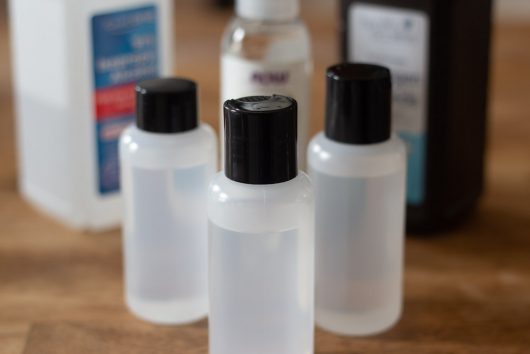
Can’t find hand sanitizer at your local supermarket or drugstore? You’re not alone. My local shops sold out of the stuff weeks ago. Fortunately, sanitizing hand rub is easy and inexpensive to make right at home. I made a batch this morning, from a recipe that is recommended by the World Health Organization (WHO). The recipe has been scaled down (by science geek G. Chang) for home use.
Watch Video--
How to make homemade sanitizer approved by WHO Recommendation - that Protect from COVID-19 in Hindi
Hand Sanitizer (WHO Formula)
To make 1 1/3 cups of hand sanitizer, mix up the following in a 2 cup glass measure:
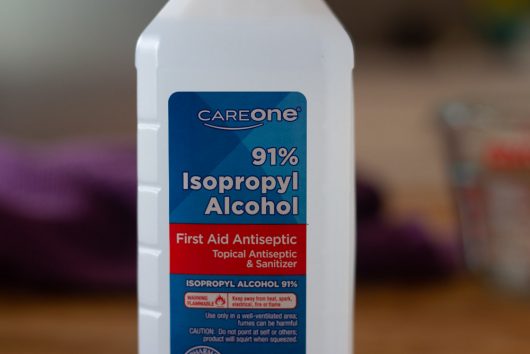
1 cup 99% isopropyl alcohol OR 1 cup plus 4 teaspoons 91% isopropyl alcohol…
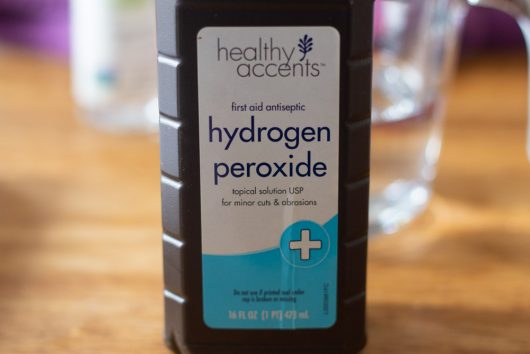
1 tablespoon of regular 3% hydrogen peroxide…
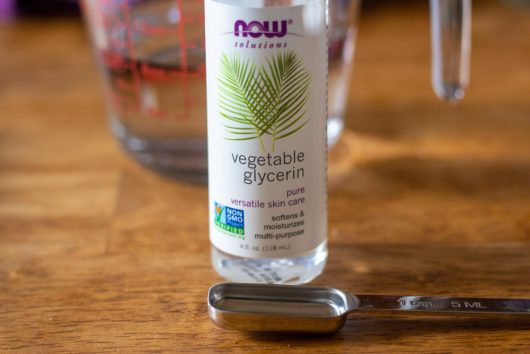
And 1 teaspoon glycerin. Glycerin is a moisturizer. Look for it in the cosmetics department at drug stores, supermarkets, and health food stores.
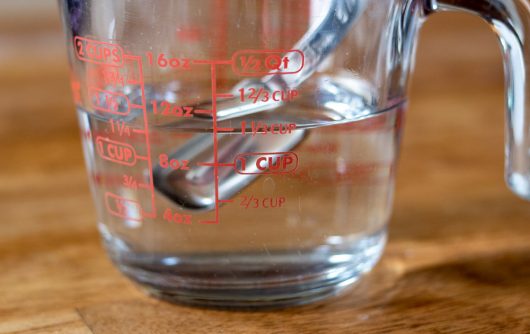
Add enough water to bring the total liquid to 1 1/3 cups. Mix thoroughly.
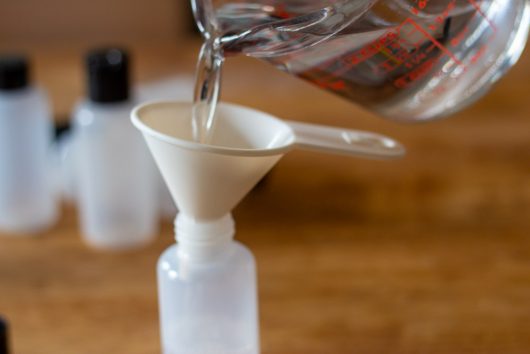
Pour, via funnel, the sanitizer into small bottles. I used squeeze-type bottles, but a spritzer should work as well. The mixture is not as thick as commercial hand sanitizers.
Note: My friends Tom and Darren told me about a hand sanitizer that is made from 2 parts 91% isopropyl alcohol and 1 part aloe vera gel. Whether this formula is as effective as the one recommend by WHO, I do not know. Based on what I’ve read, the goal is to achieve a hand sanitizer that is 75% isopropyl alcohol v/v. The WHO formula meets this target.
Another Note: Health authorities tell us that hand washing with soap and water is sufficient, providing we scrub thoroughly (including our fingernails) for at least 20 seconds. Still, there are times when you don’t have access to soap and water. Like when you are forced to eat in your car, after stopping by your favorite donut shop. (Mea culpa). Or when the restaurant bathroom has run out of soap, or the bathroom is so gross that you wouldn’t dream of washing your hands there anyway. Yeah, bottles of hand sanitizer are convenient at times.
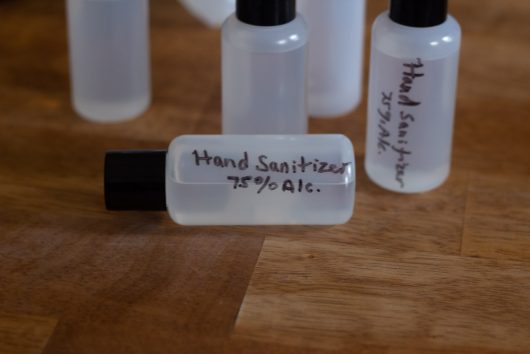
Back on track. You might like to label your bottles before filling them. I labeled mine after the fact, and placed one in each of the following locations: my desk drawer, my coat pocket, and the glove compartment of my car. I’ll certainly mix up a bottle for Mr. Fox. When Fox arrived from the city on Thursday morning, he immediately lunged at the Scrumptious Chickpea Brownies (recipe here) that were resting on the kitchen counter. “Have you washed your hands?” I inquired. “Yes,” he said. “I washed them before I boarded the train.” Oy.
Well, I hope this DIY hand sanitizer post was helpful to you. I want you to stay healthy and well! Food Zone.
Official Link of WHO -- https://www.who.int/gpsc/5may/Guide_to_Local_Production.pdf
Isopropyl Alcohol(99% Pure [(CH3)2-CH-OH]) Buy Link - https://amzn.to/2Trm6Oj
Aloevera Gel Buy Link - https://amzn.to/2WU5pgU
Hydrogen peroxide 3% -- https://amzn.to/3cVXWU7
Patanjali Saundarya Aloe Vera Gel, 150ml -- https://amzn.to/2WUI3aX
Ingredients used for preparing 100 ml Hand Sanitizer Gel are as follows :
Glycerin Buy Link - https://amzn.to/2XjkYxE
Spray Bottles - https://amzn.to/3gk0HAP
Hand sanitizer is a liquid generally used to decrease infectious agents on the hands. Formulations of the alcohol-based type are preferable to hand washing with soap and water in most situations in the healthcare setting. It is generally more effective at killing microorganisms and better tolerated than soap and water. Hand washing should still be carried out if contamination can be seen or following the use of the toilet. The general use of non-alcohol based versions has no recommendations. Outside the health care setting evidence to support the use of hand sanitizer over hand washing is poor. They are available as liquids, gels, and foams.
1) Isopropyl Alcohol - 95 ml (Laboratory Grade)
2) Aloevera Gel or Glycerin - 1 ml
3)Hydrogen peroxide 3% - 4ml
4) Empty Bowl with stirring spoon
5) Empty Hand Sanitizer Bottle 100 ml size
Alcohol-based versions typically contain some combination of isopropyl alcohol, ethanol (ethyl alcohol), or n-propanol. Versions that contain 60 to 95% alcohol are most effective. Care should be taken as they are flammable. Alcohol-based hand sanitizer works against a variety of microorganisms but not spores. Some versions contain compounds such as glycerol to prevent drying of the skin. Non-alcohol based versions may contain benzalkonium chloride or triclosan.
#handsanitizermaking #handsanitizer #handsanitizerathome








0 Comments